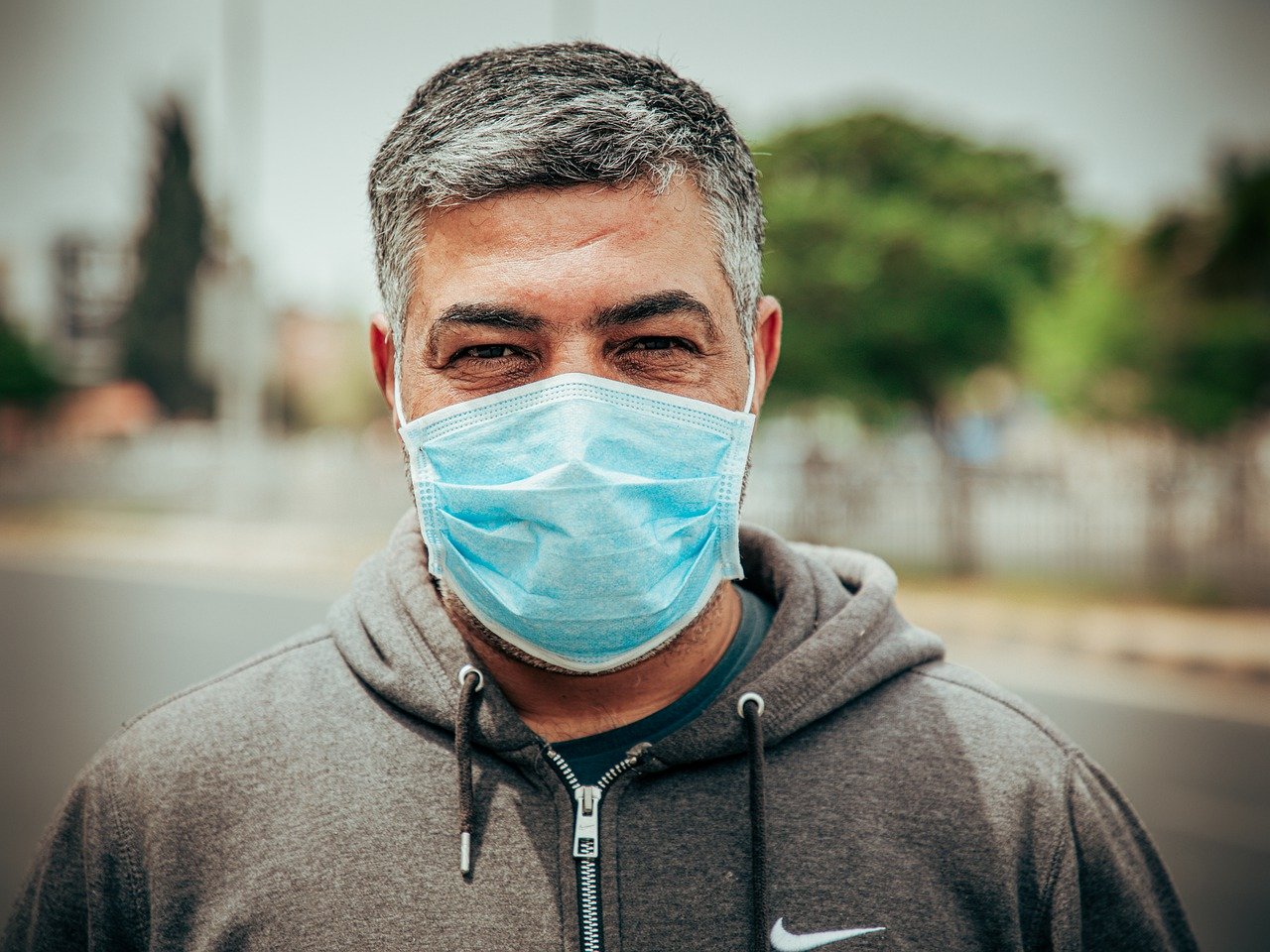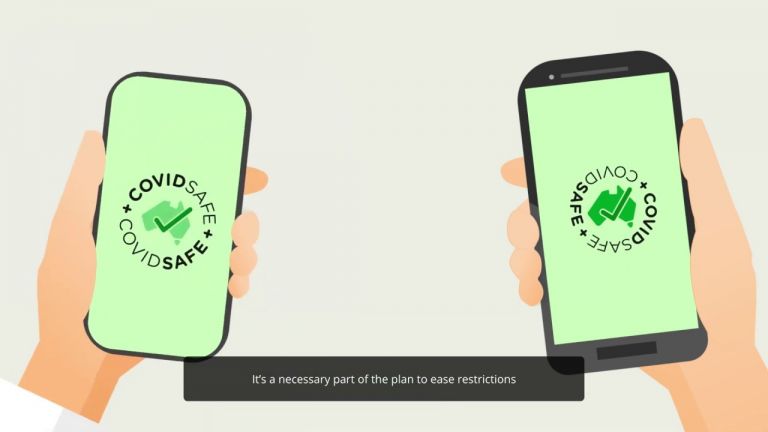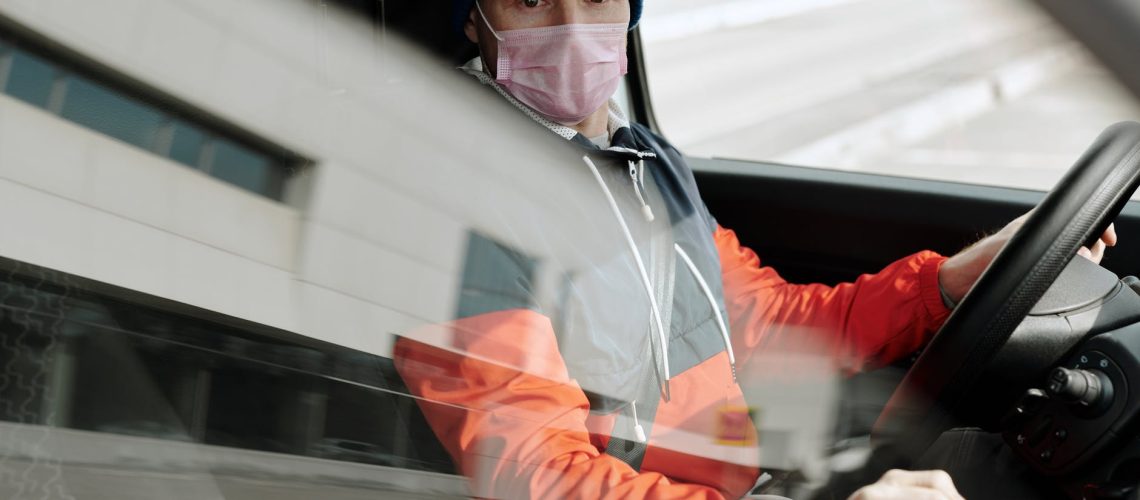With thousands of COVID-19 cases in Australia, it may be a while before life as we know it returns to normal. Here’s what you should expect should change when on the road.
Driving in the New Normal: What to Expect When on the Road
With the steady number of COVID-19 cases streaming across Australia, it’s unlikely that life as we know it will return to normal any time soon. As of writing, the country has seen over 23,000 confirmed cases. So, expect that various aspects of the public may adapt to prevent the spread – including the way we drive or commute.
Gone are the days when it’s safe to enter crowded buses or it’s acceptable to stand within two feet of another person. Until such time we’ve flattened the curve, found a vaccine, and develop a herd immunity, here’s what we should expect to change when on the road.
Wearing a Mask

Aside from the state of Victoria where face masks are a must according to the Department of Health, wearing a face mask isn’t a requirement in other states. However, it’s still highly advised that you should wear it, especially if you’re commuting.
The Department of Health recommends people to wear masks if physical distancing is not possible – just like cases while on public transport. They also recommend that people stay home if they feel unwell to reduce the risk of spreading a potential COVID-19 infection.
Car Booking Apps May Have Restrictions
On-demand car booking apps like Uber may be less accessible or have new restrictions that can affect the way you book a car. In Sydney, for example, the UberTAXI will be unavailable starting August 31. This was, in part, because of its declining popularity due to the newer option of UberX.
Because face masks are now required in Victoria, Uber drivers, delivery partners, and passengers will be required to wear a face cover or face mask. The app now has Face Cover Check technology to prove that drivers and delivery partners are wearing a face cover before they can begin operations.
Uber Air May Be Available in Melbourne
Uber Air may soon be available outside the United States, and Melbourne may be the first international city with this offering. Plans have been delayed due to the pandemic, but as of late July, Uber is once again in talks of developing Uber Air. This may be a big help towards easing traffic and providing people with faster, reliable, and affordable air mobility to travel.
Faster Travel Times for Private Cars & Public Transportation
The roads are freeing up with more people working from home, fewer businesses open, and many people only going out unless absolutely necessary. According to Uber and the Infrastructure Partnerships Australia’s 2020 Australian Travel Time Metric, traffic has gone down drastically during the pandemic – to the point that Sydney’s peak hour congestion is equivalent to pre-pandemic evening off-peak levels.
This is a 70 per cent improvement in movement, and it’s not just in Sydney. In Perth, the average commute is now 13 minutes shorter. In Brisbane, commuters have reported the lowest share of peak delays. The only exception to this is Melbourne, as it is the city with the most private vehicles on the road, so there isn’t really a significant change to people’s commute.
Contact Tracing for Public Transportation

The Department of Health has provided a contact tracing app called COVIDSafe that can help with their contact tracing efforts to help find infected individuals and prevent the spread of the virus. While it is voluntary for citizens to download the app onto their phones, it’s highly recommended if you want to help trace those infected and if you are at risk of getting infected.
How this app works is that you register your phone and add in details like your age, mobile number, and post code. When going out, turn on the app and your Bluetooth and let it run in the background. When you pass by another person with the COVIDSafe app, your phones note your contact and store each other’s encrypted data (meaning that person cannot access your data and you cannot access theirs).
Your phones will keep this data for 21 days (if either of you are infected at the time of contact, this should be enough time to determine a positive test result). If neither of you turn up positive, your contact’s data will be deleted. If that other person is positive, it will inform you and anyone with the app that they might have been positive at the time you made contact, so you should quarantine and get tested.
Carpooling May Be Limited
If you and your co-workers practice carpooling, for safety purposes, it may be smart to limit the number of people who enter your car at a time. Airconditioned air circulates, which means you may be vulnerable to breathing in the virus if you are in a car with an infected individual. You may also have to disinfect your vehicle as often as possible.
Eating and Drinking in Public Transportation
Eating and drinking in public transportation may not be totally banned, but it may be frowned upon (more so than before) as it will require you to take off your mask. And if you’re not wearing one, that may mean having to touch your face and mouth in public, which could result in transmission if you’re not careful.
Visibly Sick Individuals May Be Turned Away
Those who appear visibly sick or showing symptoms of COVID-19 (e.g. coughing and fever) may be refused entry or service on public transportation. While there are no current regulations on this, it’s highly recommended that those who are unwell stay at home to prevent unknowingly infecting other people.
Should cases spike drastically, it may be more common for public transportation drivers to refuse service to those who appear at a high risk of infecting others.
The COVID-19 Pandemic will affect our daily lives for the foreseeable future, and this includes our transportation. Whether we use our own private car or take available public transportation, we need to follow rules, take suggestions from the government and health officials, and practice caution when we travel. To avoid spreading the disease, it’s important that we adapt and take steps towards making sure how we travel will not put others at risk.

